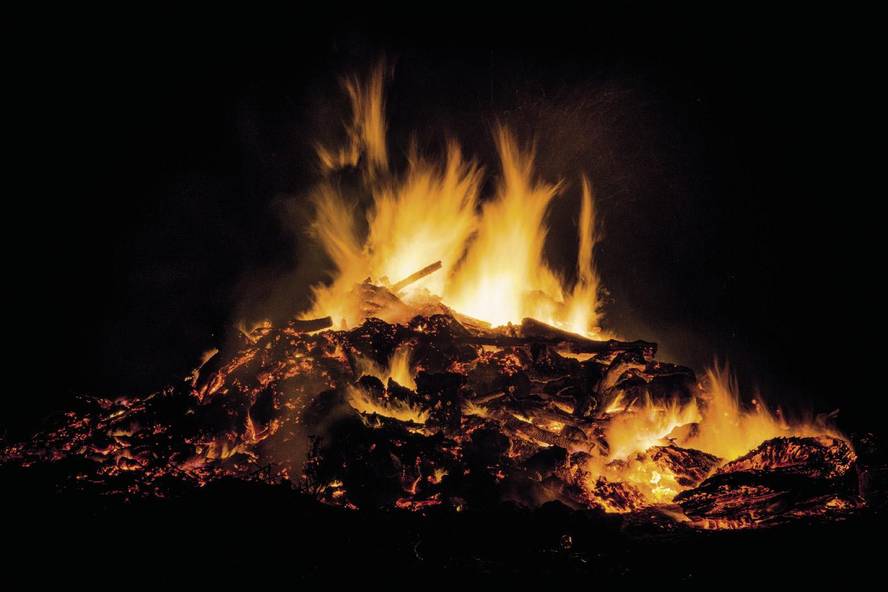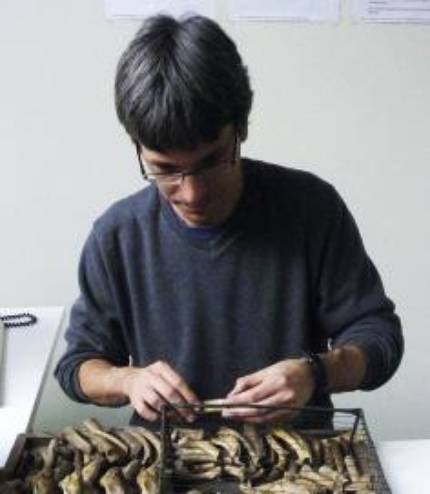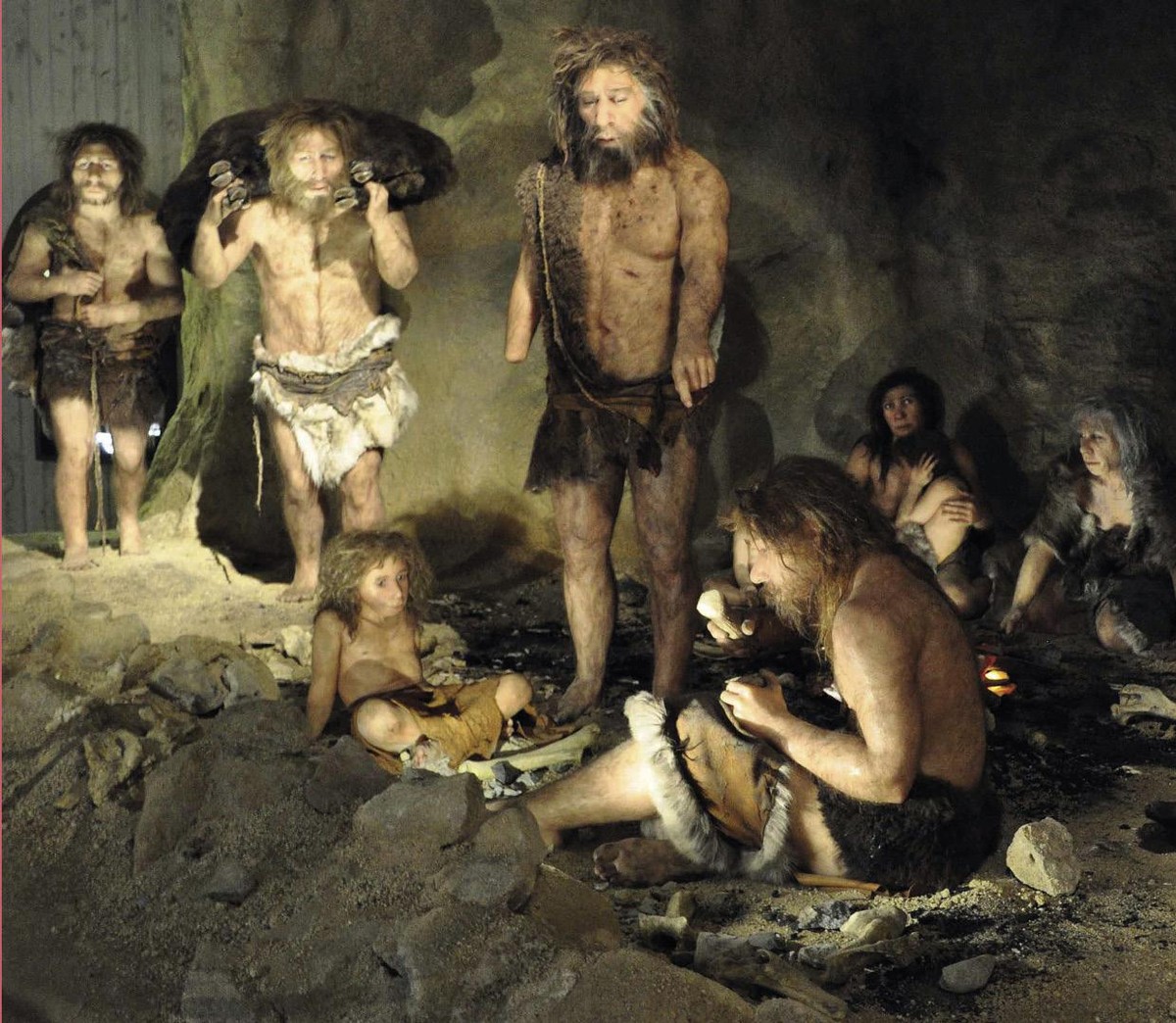...and the Neanderthals lit the fire
The debate resurfaces in Sapiens magazine an informative article published earlier this year by Dennis Sandgath and Harold Dibble. Title of the article: “Who started the first fire?” ). According to him, although the Neanderthals used fire, they were not able to light it. Thus, they consider that the ability to ignite fire is a characteristic of our species.
To reach this conclusion, they are based on the remains of the deposits of Pech de l’Azé IV and Roc de Marsal, located in the southwest of France, which relate the mastery of fire to human evolution. In fact, in their opinion, hominids did not succeed in making fire at any given time, but acquired it through a long process and step by step.
Thus, the first step was to become aware of the ability to maintain a safe relationship with fire: to understand the behavior of fire rather than escape from fire. It seems that chimpanzees have that capacity: In East Africa they have seen waiting on the edge of a chimpanzee fire and entering the burned area in search of food. That is, they are not able to control or use fire, but they understand how it acts and use that knowledge for their benefit. According to the authors, it is possible that our first ancestors of East Africa, between 4 and 2 million years ago, have acted similarly to these chimpanzees.
The second step would be to acquire the ability to control the fire. Without being able to ignite the fire, our ancestors would have the ability to catch, carry and use the fire created naturally. However, the authors have not determined when it happened.
And the last step, that is, the ability to make fire, do not know how it happened. However, they specify that for 400,000 years there are remains of fires controlled by humans, not only in open places, but also inside the caves. This shows that they were able to control the fire, but not to light it. And there's the question.
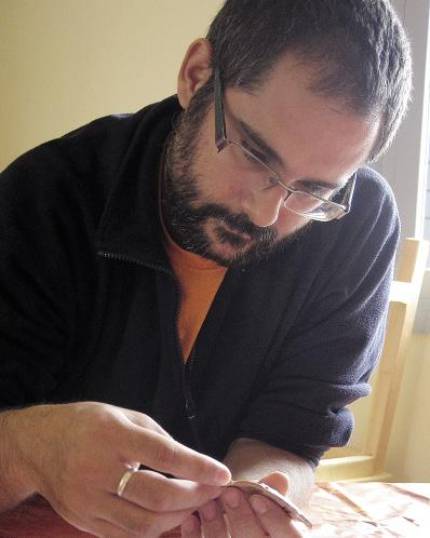
Evidence and doubts
According to Sandgath and Dibble, both in Pech IV and in Roc de Marsal, the Neanderthals who lived in these valleys at different times have found clear traces that demonstrate that they used fire: burnt wood and bones, fire zones... Therefore, at first they thought that the Neanderthals knew how to make fire.
However, other vestiges found in these same places raised doubts. On the one hand, in the upper layers, those of the Middle Palaeolithic, no remains of fire appeared. This could be due to the fact that at that time they lived at the entrance of the caves: if the wind and water carried traces of fire, perhaps the coal and the ashes disappeared. But it was not just that: there are thousands of useful and bones of the time, all without burning them. The conclusion is clear, according to Sandgath and Dibbl, where fire was not used at that time.
This is very striking for the authors. They were very cold times, which would have thanked them much more than in other times. So why didn't they use it? The authors answer the question under the hypothesis that they were not able to ignite fire. If they used it in the past, when the weather was mild, fires caused by themselves were common. However, when the weather cooled, fires were much more difficult to produce on their own, so they did not have fire on hand. These conclusions were presented in the scientific journal PNAS.
Bonfires by them lit
This article collected opposing views, both in the DAP and in other journals. There is no doubt that for Neanderthals fire was a common element and dominated well. Among them is Joseba Ríos Garaizar, researcher at the Human Evolution Research Center in Spain (CENIEH).
Rios knows many Neanderthal sites, where the remains of fire are very common: “Seeing so many clues, it makes no sense to think that they were not able to light the fire; otherwise, they would not be so much. In addition, several types of fire have been found in well-preserved deposits, such as Abric Romanin. This site, located near Barcelona, is extraordinarily rich. There it is observed that the fire was not only used to heat. They clearly dominated well.”
For example, in some Middle Palaeolithic fires they burned green wood: “The goal is not to make fire, but to generate smoke. For what? One knows: to smoke the meat, to catch the honey from the hives, to chase away the animals...” In addition, the Neanderthals made resin to use as adhesive: “It is a very complicated process because it is achieved through a really complex chemical process. It is impossible to do so without dominating the fire.”
Moreover, according to Ríos, the relationship between Sandgath and Dibble with the climate is quite debatable, since it cannot be ensured that in cold and dry times no fire was produced. “Maybe in general it’s true, but I don’t think we know if the same thing had happened across the territory.” On the other hand, he recognizes that in certain times, places or cultures, such as the Musterian type Quina, there are hardly any remains of fire. “From there you can’t draw general conclusions,” he warns.
Moreover, even in places where traces of fire are common there is no absolute evidence that the fire was lit: “Wood or pyrite and stove are necessary to make fire and do not appear, but in the Upper Palaeolithic there are few examples and doubtful and no one doubts that they made fire. Therefore, there is no definite reason to show that the Neanderthals lit the fire, okay. But they had it, they dominated it and it was normal for them, as common as for future human beings.”
No clues
Along with this, he has deepened the idea mentioned above: not finding remains does not show that they did not make fire. To explain it, an example is a site that knows well: Axlor (Dima). “There we have a long sequence, many levels. In one of the oldest appear remains of burnt animal bones and stones. At that time, in other places it is not usual, but there yes, there it was made fire, inside the shelter. There is a succession of fires and it is clear that they used it a lot.”
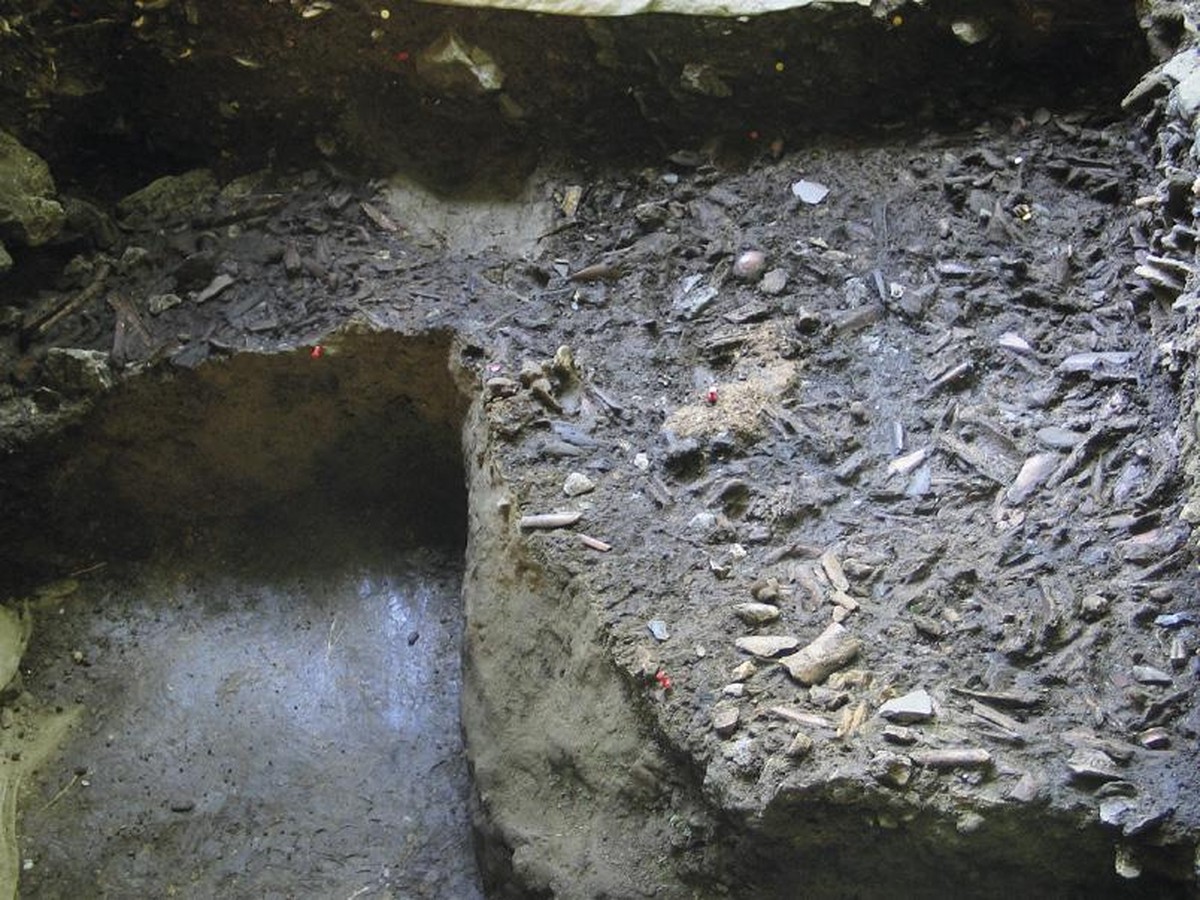
Later, however, are the steps of the Quina culture, where there is no trace of fire. “When I researched, we didn’t discover any traces related to fire,” Ríos explains. Apparently, Barandiarán described one, “but it is not proven.” From there it follows that they did not make fire? Rios denies: “If necessary, that’s why there’s no trace of fire, but it doesn’t have to be that way. For example, it is possible that at that time the fire will occur a few meters from the entrance of the shelter, on the outside, and then the wind or water will have dragged the remains.”
It is not the only option. He says that the animal bones of the time appear very fragmented, finding only some parts. “Therefore, perhaps that place was not used to live, but to hunt and crush the animals to move them to their place of residence. If so, it is normal that no remains of fire are found.”
On hunting, Ríos recalls that a few years ago there was a similar discussion. “Even then, with no clear footprint, some denied the ability to hunt Neanderthals. Over time sharp evidence has appeared and now it is recognized that the Neanderthals were hunters.”
Reason for the debate
Precisely there is the question: the interpretation of data. Asier Gómez Olivencia is a researcher at the UPV/EHU Ikerbasque who investigates the fossil bones of Neanderthals and other human beings. And he meets Sandgathe and Dibble, with whom he worked on excavation at the La Ferrassie site in southwestern France in 2014. Nor does it coincide with its consequences.
“We have been in the same deposits and have seen and studied the same clues, but we disagree on the conclusions. For example, Neanderthals deny that they buried the dead, but I have no doubt. And the group mates have also shown opposing positions. Alan Turq, for example, are part of his team and in the articles signed together, in the debate section, they have put the conclusions of both: on the one hand what Sangath and Dibble say, and on the other what Turq and the rest have derived.”
According to Gómez, in science it is very difficult to prove that something does not exist: “Not finding it doesn’t mean it isn’t. Prove that what you have found is easy, but not the opposite.”
He believes this is what happens in the fire debate. “It’s not my research topic, but for me, seeing the remains of Romanesque Abric, for example, you can’t question that Neanderthals made fire.” As for Rios, it is a very significant site for Gómez: “It’s spectacular. I visited the previous summer and there are several fires. Unfortunately no human fossil has appeared, so it is not as well known as others. However, occupation levels are interspersed with travertine layers, allowing occupation levels to be separated. Therefore, a lot of information about his way of life has come out of it, among which are the different types of fires that indicate different uses”.
Although not as clear as Abric Romanin, Ríos remembers that in many other places clean remains of fire have been found: “Bruniqual, for example, is well known for these special structures made with stalagmites, where fire remains have also been found. Otherwise, they could not enter the interior and build those structures without fire, since there is no light there.”
In short, according to Ríos, the debate on fire is related to the cause of the extinction of Neanderthals: “Some believe that the Neanderthals disappeared because they were weaker, backward or unknown than those of our species. And they seek reasons to reinforce this hypothesis. In my opinion, however, the Neanderthals were lost by the reproductive and expansive instinct of our species. Today this sense is still evident, which is enough to eliminate a species that lives and reproduces otherwise.”



